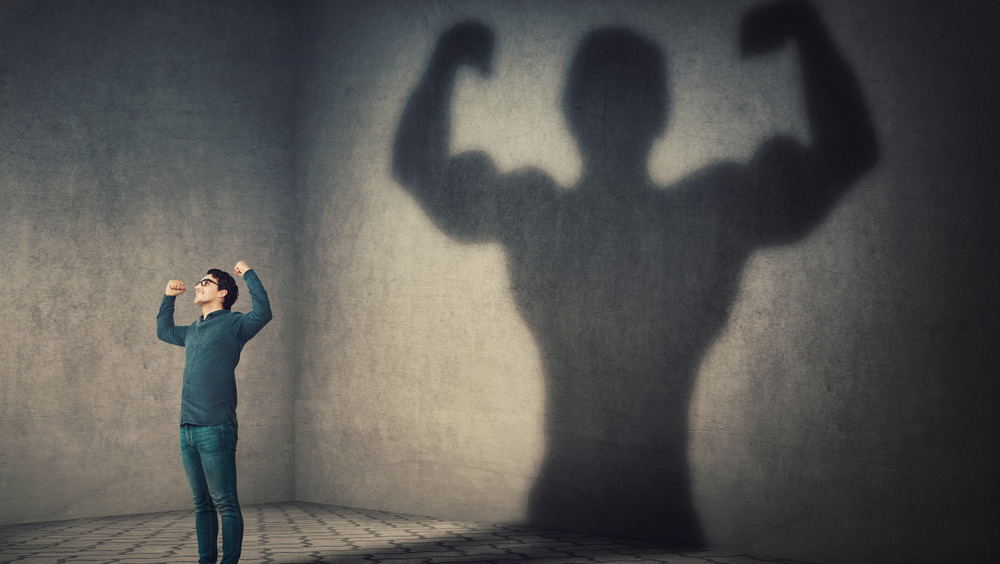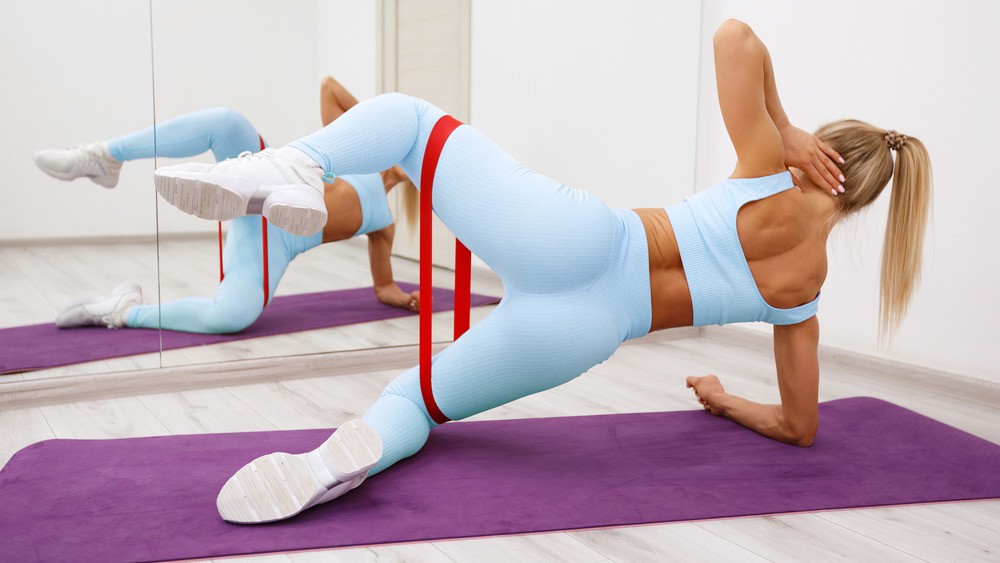The Largest Muscle In The Human Body Isn't What You Think
If someone asked you what the largest muscle in the human body is, there are few you might consider. Is it the large muscles of the leg, the quadriceps or the hamstrings? Or is it something internal, like the heart? In fact, the largest muscle in the human body is one many of us never even think about. It's the gluteus maximus, one of the muscles that form your butt, according to Healthline.
The gluteus maximus, which people commonly shorten to "glutes," is one of a group of three muscles which also include the gluteus medius and minimus. Its job is to help the hip rotate, as well as keep the body upright when standing, according to the Library of Congress. While we're most familiar with it as a cushion for sitting, its main function is to propel the body upward when doing things like walking upstairs or standing up after sitting.
It's important to target this muscle during workouts
People may not pay any attention to their gluteus maximus until they begin to experience low back pain. According to one study published in the Journal of Physical Therapy Science, having the ability to control hip muscles is important to stabilizing the lumbar spine. When glutes are weak, there is excessive movement of the sacroiliac joint, which puts pressure on the bones and intervertebral discs of the lumbar spine.
Weak glutes that result in back pain also have an effect on balance. This is because the stabilizing muscles in people with low back pain react less quickly to movement, resulting in poor balance.
Men, in particular, tend to overlook glute muscles during workouts. That can result in a syndrome called glute amnesia, when the muscles literally fade away from lack of use, according to Men's Health. To target glute muscles, there are well-known exercises like squats and lunges, but consider smaller movements too, like a standing kickback with a resistance band.


